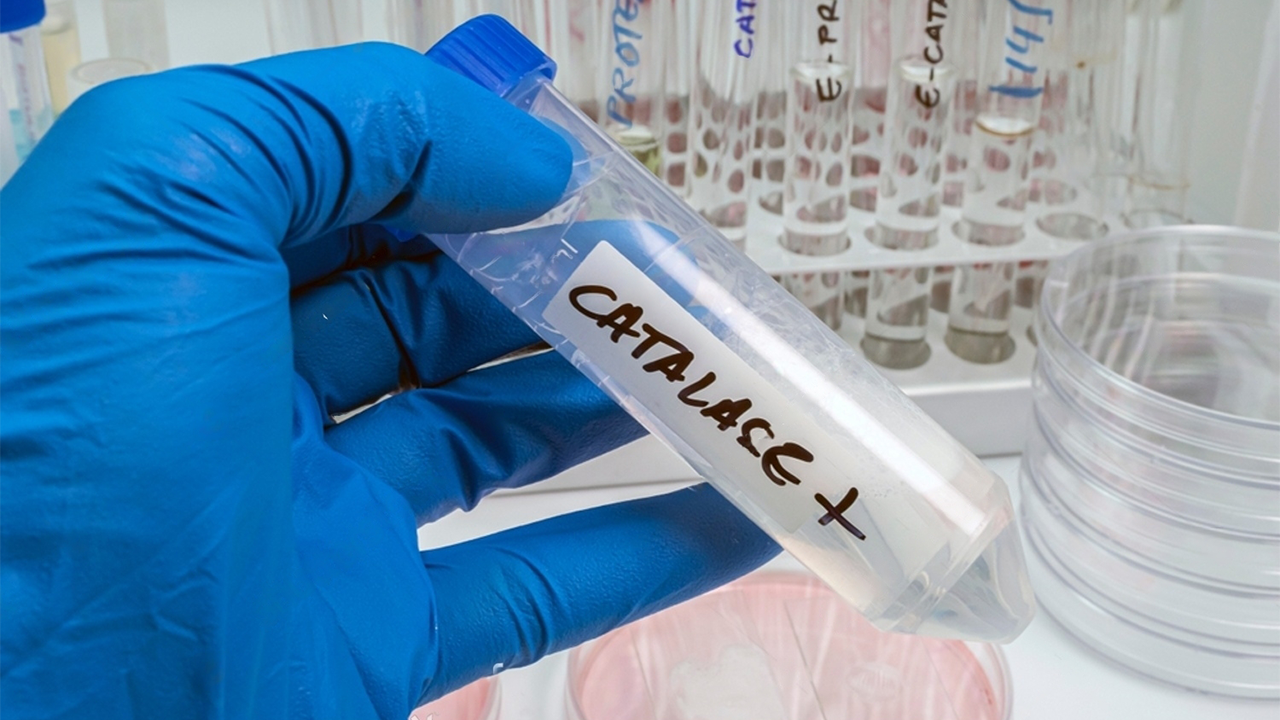Discover how enzymes work and why they're an integral part of scientific laboratories.
The use of enzymes in the diagnosis of disease is one of the important benefits derived from the intensive research in biochemistry since the 1940s. Enzymes have provided the basis for the field of clinical chemistry. Given the dramatic growth of life science research over recent decades, interest in diagnostic enzymology has multiplied.
New AI online tools aid researchers in the area of medical research in which the diagnostic potential of enzyme reactions can be found. Prepared by Worthington Biochemical Corporation, this overview is a practical introduction to enzymology. As a result of close involvement over the years in the theoretical as well as the practical aspects of enzymology, Worthington’s knowledge covers a broad spectrum of the subject. This information has been assembled here for the benefit of a new generation of researchers.
Enzymes and Life Processes
The living cell is the site of tremendous biochemical activity called metabolism. This is the process of chemical and physical change which goes on continually in the living organism. Build-up of new tissue, replacement of old tissue, conversion of food to energy, disposal of waste materials, reproduction – all the activities that we characterize as “life.”
This building up and tearing down takes place in the face of an apparent paradox. The greatest majority of these biochemical reactions do not take place spontaneously. The phenomenon of catalysis makes possible biochemical reactions necessary for all life processes. Catalysis is defined as the acceleration of a chemical reaction by some substance which itself undergoes no permanent chemical change. The catalysts of biochemical reactions are enzymes and are responsible for bringing about almost all of the chemical reactions in living organisms. Without enzymes, these reactions take place at a rate far too slow for the pace of metabolism.
The oxidation of a fatty acid to carbon dioxide and water is not a gentle process in a test tube – extremes of pH, high temperatures and corrosive chemicals are required. Yet in the body, such a reaction takes place smoothly and rapidly within a narrow range of pH and temperature. In the laboratory, the average protein must be boiled for about 24 hours in a 20% HCl solution to achieve a complete breakdown. In the body, the breakdown takes place in four hours or less under conditions of mild physiological temperature and pH.
It is through attempts at understanding more about enzyme catalysts – what they are, what they do, and how they do it – that many advances in medicine and the life sciences have been brought about.
